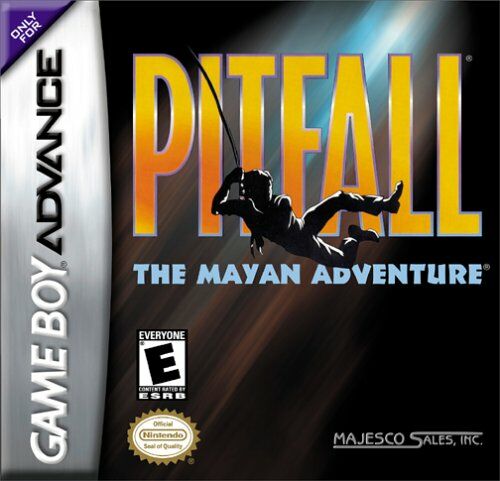thatgui
Advanced Member
- Joined
- Apr 2, 2009
- Messages
- 3,048
I bought my first GBA games the other day (Metroid Fusion and Metroid Zero Mission) on eBay and I am now wondering wether they are fake or not:
As there can't be a definitive list of clues to look out for I wondered if anyone knows some kind of picture database where people put pics of legit modules up, so I could compare.
Or does anybody around posses those two (EU, not NA versions) and would be willing to share some peculiarities their legit ones have ?
- when I bought them there was only one item of each game listed, but now I see that the seller at least sold 5 items of each game (no "tricks" on the sellers side, I just did not pay attention)
- two user ratings complain about fake modules, but for another game (Pokemon something) which he also sold several of
- officially, seller and items are based in Austria, but the module (only one arrived yet) came from Malta
As there can't be a definitive list of clues to look out for I wondered if anyone knows some kind of picture database where people put pics of legit modules up, so I could compare.
Or does anybody around posses those two (EU, not NA versions) and would be willing to share some peculiarities their legit ones have ?



